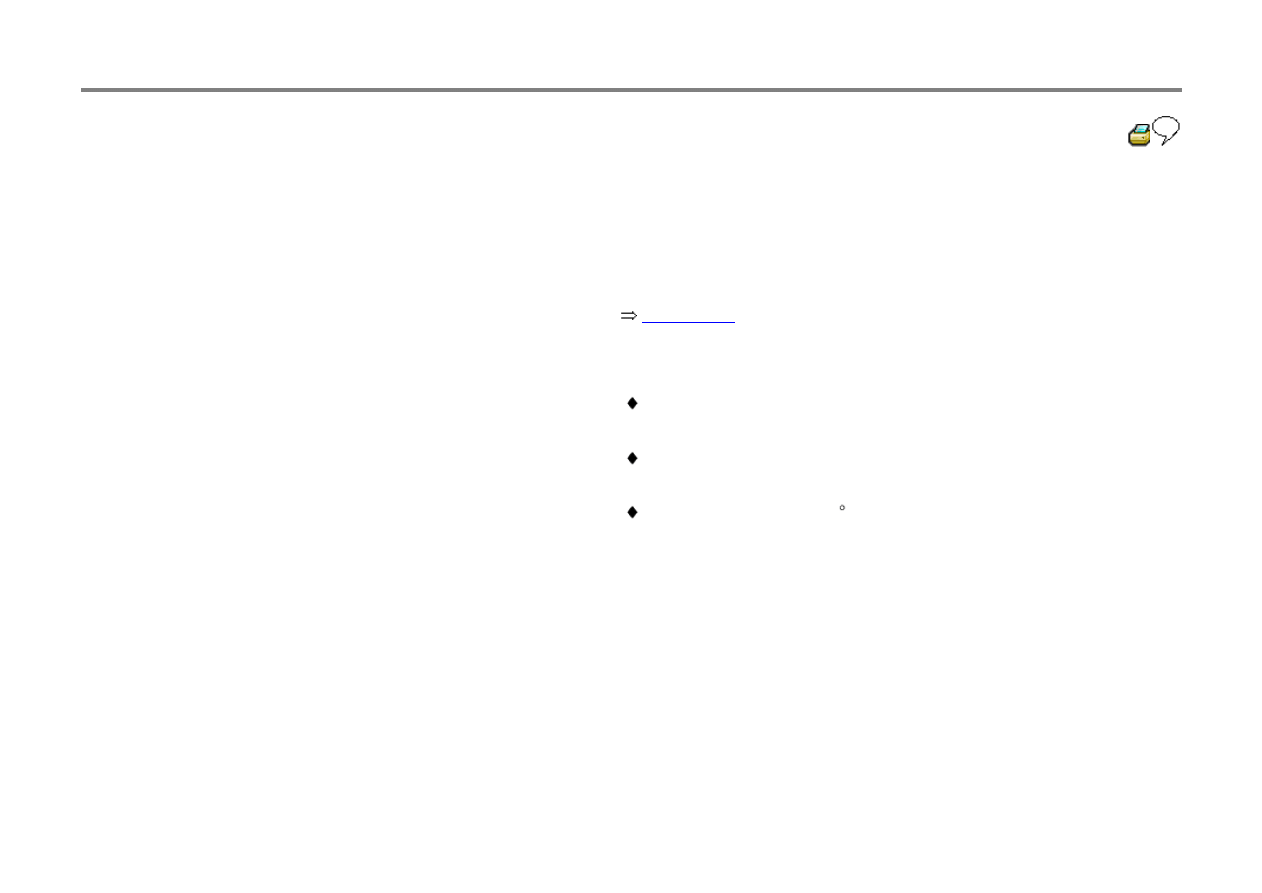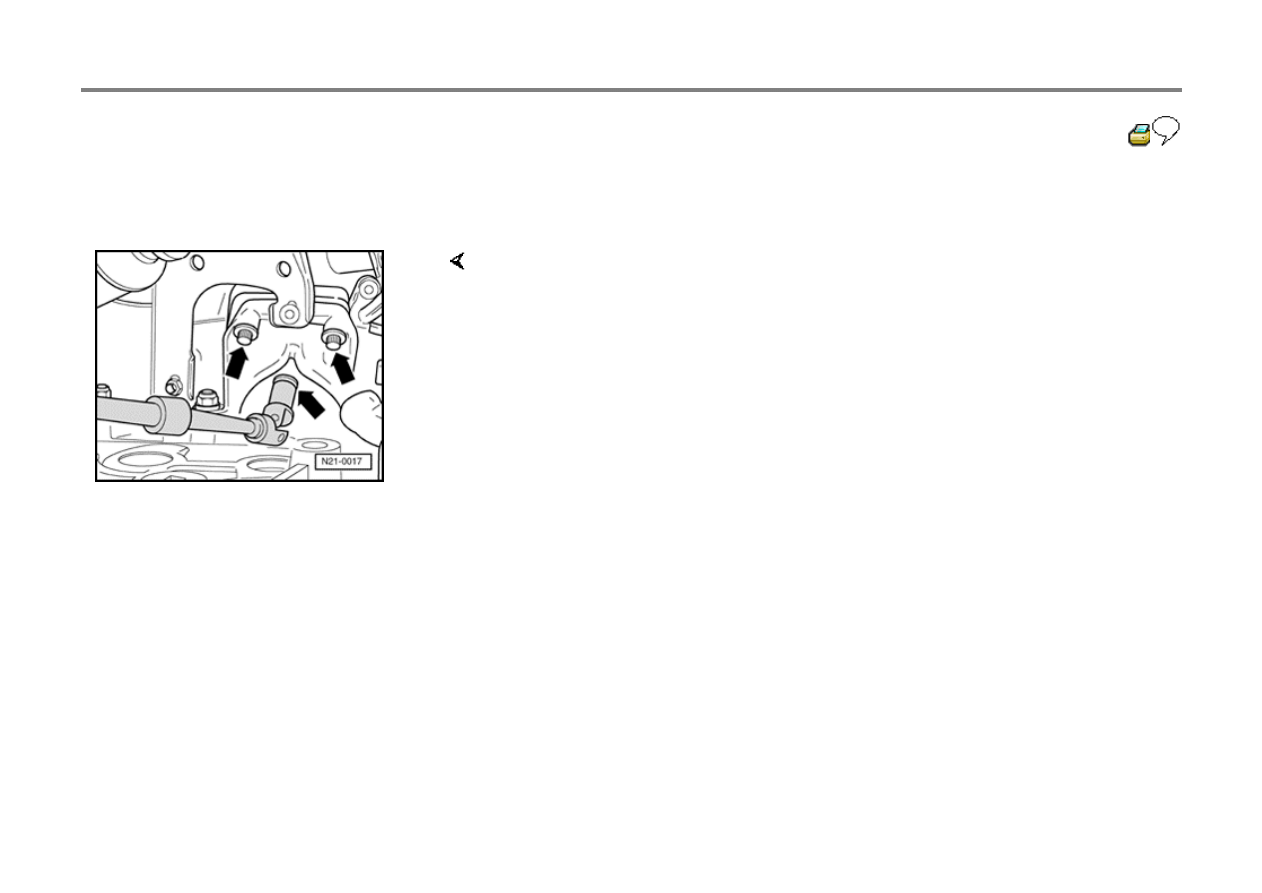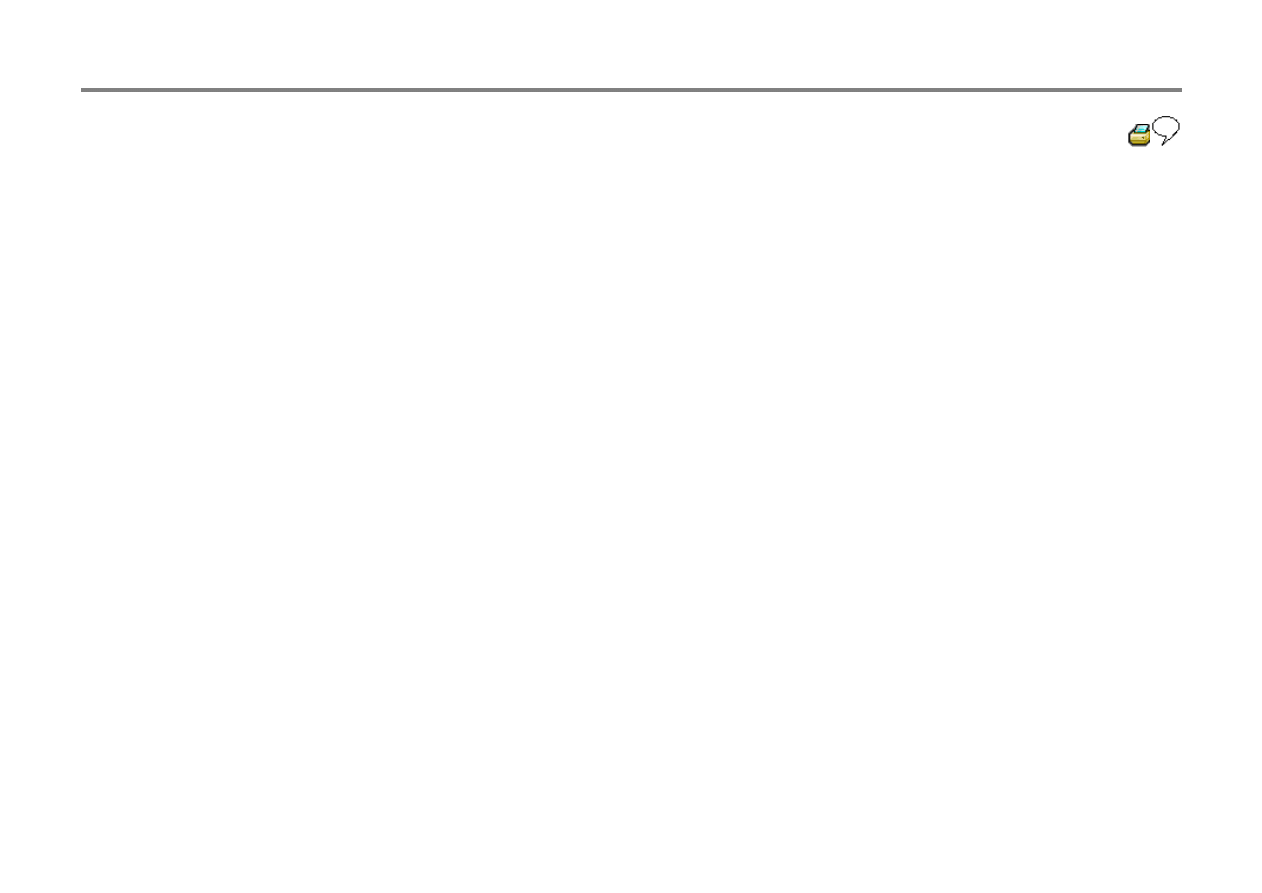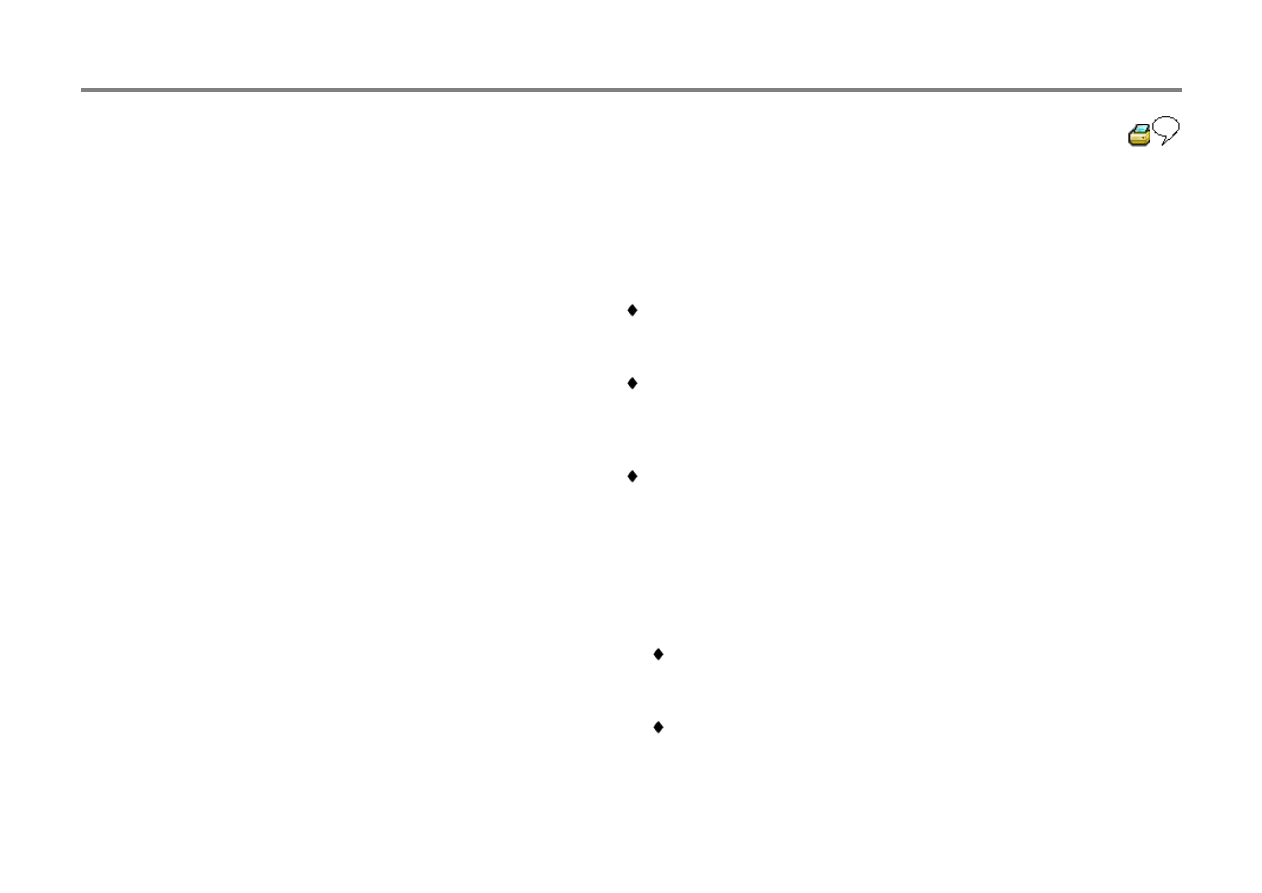
21-1
Turbocharger system
components, servicing
Engine codes: AAZ, 1Z, AHU
Observe rules of cleanliness
Page 21-10
Turbocharger hoses and lines, connecting
Page 21-11
WARNING!
Do not re-use any fasteners that are worn or
deformed in normal use.
Some fasteners are designed to be used only
once, and are unreliable and may fail if used
a second time. This includes, but is not
limited to, nuts, bolts, washers, circlips and
cotter pins. Always follow the
recommendations in this manual-replace
these fasteners with new parts where
indicated, and any other time it is deemed
necessary by inspection.

Notes:
All hose connections are secured with clips.
Charge air system must be free of leaks.
Always replace self-locking nuts.

21-2
Turbocharger system components, removing and
installing (engine code AAZ)
Notes:
Boost pressure control is switched off during part throttle
operation by EGR part throttle switch -F166- and two-way
valve for EGR -N161-
Checking and adjusting part throttle switch
Page 26-23
Checking two-way valve
Page 26-20
1 - Exhaust manifold
2 - 25 Nm (18 ft lb)
3 - Hose
To Diesel injection pump
4 - Gasket
Always replace
Coating (beading) faces intake manifold
5 - Intake manifold

21-3
6 - 45 Nm (33 ft lb)
Always replace
Coat threads and bolt head sealing surfaces with
high temperature (2000 F) anti-seize compound
7 - Gasket
Always replace
Note installation position
8 - To Positive Crankcase Ventilation (PCV) valve
9 - From Air Cleaner
10 - Turbocharger
Removing and installing
Page 21-12
Boost pressure, checking
Page 21-18
11 - Turbocharger wastegate
Integral part of turbocharger cannot be replaced
separately
Hoses and lines, connecting
Page 21-11
12 - Oil return line
To cylinder block
13 - Sealing rings

Always replace

21-4
14 - Banjo bolt
30 Nm (22 ft lb)
15 - 30 Nm (22 ft lb)
16 - Front exhaust pipe
17 - Oil supply line
From oil filter bracket
Page 17-4
18 - Intake air hose
19 - Mounting bracket
Between exhaust pipe and exhaust manifold

21-5
Turbocharger system components, removing and
installing (engine codes 1Z, AHU)
1 - Exhaust manifold
2 - 35 Nm (26 ft lb)
Always replace
Coat threads and bolt head sealing surfaces with
high temperature (2000 F) anti-seize compound
3 - Intake manifold
4 - From charge air cooler
5 - Hose
Black
To Diesel Direct Fuel Injection (DFI) Engine Control
Module (ECM) -J248-
6 - Gasket
Always replace
Coating (beading) faces intake manifold
7 - 25 Nm (18 ft lb)

21-6
8 - Gasket
Note installation position
9 - 25 Nm (18 ft lb)
10 - 10 Nm (7 ft lb)
Install using D6
11 - Circlip
12 - Turbocharger wastegate
Checking
Page 21-24
Removing and installing
Page 21-25
13 - Hose
Blue
To wastegate bypass regulator valve -N75-
Connecting
Page 21-11
14 - Oil seal
Always replace
15 - Banjo bolt
15 Nm (11 ft lb)
16 - From air cleaner

17 - O-ring
Replace if damaged
18 - 10 Nm (7 ft lb)

21-7
19 - Banjo bolt
30 Nm (22 ft lb)
20 - Oil return line
To cylinder block
21 - 30 Nm (22 ft lb)
22 - Gasket
Always replace
23 - Retainer
24 - Hose
Red
To wastegate bypass regulator valve -N75-
Connecting
Page 21-11
25 - Turbocharger
Removing and installing
Page 21-14
Boost pressure, checking
Page 21-20
26 - To charge air cooler
27 - Front exhaust pipe
28 - Oil supply line

From oil filter bracket
29 - Heat shield

21-8
Turbocharger cooling system components,
removing and installing (engine codes 1Z, AHU)
Notes:
All hose connections secured by clips.
Charge air system must be free of leaks.
1 - Rubber mounting
2 - Spacer
3 - 10 Nm (7 ft lb)
4 - 10 Nm (7 ft lb)
5 - Connecting pipe
Between charge air cooler and turbocharger
6 - O-ring
Replace if damaged
7 - Retaining clip
8 - Intake Air Temperature (IAT) sensor -G72-

21-9
9 - Connecting pipe
Between charge air cooler and intake manifold
10 - Charge air cooler
11 - Air ducting
12 - Retainers

21-10
Rules of cleanliness
CAUTION!
Whenever working on turbocharger systems,
carefully observe the following rules of
cleanliness.
1 - Thoroughly clean fuel system line and hose
connections and the surrounding area before
disconnecting.
2 - Place removed components on a clean
surface and cover. Use plastic sheeting or paper.
Do not use fluffy rags that could leave lint!
3 - Carefully cover over or seal any components
that have been opened if repairs are not carried
out immediately.
4 - Install only clean parts:
Do not remove replacement parts from the
packaging until immediately before they are to
be installed. Do not use parts that have been
stored without packaging (e.g. in toolboxes,
etc.).
5 - When the fuel system is opened:

Avoid working with compressed air whenever
possible. Avoid moving the vehicle if possible.
6 - Make sure that Diesel fuel does not run onto
coolant hoses.
Affected hoses must be cleaned immediately.
Contaminated hoses must be replaced.

21-11
Turbocharger hoses and lines,
connecting
Engine code AAZ
Engine codes 1Z, AHU
1 - Two-way valve
2 - To vacuum pump
3 - Turbocharger (KKK)
4 - Wastegate
5 - Turbocharger (Garrett)
6 - Wastegate
1 - Intake air hose
2 - Hose, black
3 - Wastegate bypass regulator valve -N75-
4 - Wastegate
5 - Hose, blue
6 - Turbocharger
7 - Hose, red

21-12
Turbocharger, removing and installing
(engine code AAZ)
Engine codes 1Z, AHU, turbocharger removing
and installing.
Page 21-14
Special tools, testers and auxiliary items
3205 swivel wrench
VAG1331 torque wrench, 5 to 50 Nm
High temperature (2000 F) anti-seize
compound
Removing
- Switch ignition off.
CAUTION!
Before disconnecting the battery, determine
the correct coding for the anti-theft radio.
- Disconnect battery Ground strap.

- Remove hoses between intake manifold to
turbocharger and turbocharger to air cleaner.
- Disconnect oil supply line from turbocharger and
mounting clip from intake manifold.
- Disconnect oil return line at turbocharger.

21-13
- Disconnect exhaust pipe from turbocharger and
exhaust manifold support.
Installing
When installing observe the following:
CAUTION!
After installing the turbocharger, let engine idle for approx. 1 minute. DO NOT
rev-up the engine at first! (This ensures that the turbocharger is properly
lubricated.)
- Remove 3 mounting bolts (arrows) between turbocharger and exhaust manifold
(using either box wrench or 3205 swivel wrench).
- Install turbocharger and tighten exhaust pipe mounting nuts so that turbocharger
can still be moved slightly.
- Install 3 mounting bolts and tighten fully, then tighten exhaust pipe nuts.
- Before attaching oil supply line, fill turbocharger connections with engine oil.

21-14
Turbocharger, removing and installing
(engine codes 1Z, AHU)
Engine code AAZ, turbocharger removing and
installing
Page 21-12
Special tools, testers and auxiliary items
VAG1331 torque wrench, 5 to 50 Nm
High temperature (2000 F) anti-seize
compound
Removing
- Switch ignition off.
- Disconnect battery Ground strap.
CAUTION!
Before disconnecting the battery, determine
the correct coding for the anti-theft radio.
- Remove hoses between intake manifold to turbocharger -1- and turbocharger to

air cleaner -2-.
- Remove red hose (or remove banjo bolt) for wastegate bypass regulator valve -
N75- on turbocharger.
- Disconnect exhaust pipe from turbocharger.

21-15
- Disconnect oil supply line from turbocharger and
mounting clip from intake manifold.
- Remove turbocharger to engine support.
- Disconnect oil return line at turbocharger.
- Remove nut -1- from below and bolts -2- from above.
- Lift turbocharger out and upward.
- Disconnect blue hose from wastegate.

21-16
Installing (engine codes 1Z, AHU)
- Install blue wastegate hose on turbocharger and
secure with clamp.
- Grease threads of mounting bolts -2- and head contacting surfaces with high
temperature (2000 F) anti-seize compound.
- Install turbocharger on exhaust manifold and tighten mounting bolts -2- finger-
tight.
- Install mounting nut -1- and tighten.
Tightening torque: 20 Nm (15 ft lb)
- Tighten mounting bolts -2-.
Tightening torque: 35 Nm (26 ft lb)
- Install turbocharger to cylinder head support.
Tightening torque: 25 Nm (18 ft lb)
- Install oil return pipe with new seal and tighten.
Tightening torque: 30 Nm (22 ft lb)
- Install front exhaust pipe with new gasket onto flange and tighten.
Tightening torque: 25 Nm (18 ft lb).
- Fill turbocharger with engine oil via oil supply connection.

21-17
- Install oil supply line.
Tightening torque: 25 Nm (18 ft lb)
- Tighten oil supply line support to: 10 Nm (7 ft
lb).
- Install red hose for wastegate bypass regulator
valve -N75- on turbocharger and secure with
clamp (or banjo bolt with new seal) and tighten.
Tightening torque: 15 Nm (11 ft lb)
- Install O-ring onto intake pipe, then install pipe
to turbocharger and tighten.
Tightening torque: 10 Nm (7 ft lb)
- Install pressure line.
CAUTION!
After installing the turbocharger, let engine
idle for approx. 1 minute. DO NOT rev-up the
engine at first! (This ensures that the

turbocharger is properly lubricated.)

21-18
Turbocharger, checking (engine code
AAZ)
Special tools, testers and auxiliary items
VAG1397A turbocharger tester
Checking conditions
The turbocharger and wastegate are an
assembly. A faulty turbocharger must be
replaced because it is not possible to repair
using workshop equipment.
Requirements for proper turbocharger operation
and achieving specified boost pressure:
No leaks from intake and exhaust systems
Wastegate control line is not blocked, loose
or leaking
No engine or fuel injection mechanical
malfunctions, e.g. start of injection, fuel
injectors and compression pressure
Engine oil temperature 80 C (176 F)

minimum
Test sequence
- Measure boost pressure under full load, while
driving on road.
Test duration per measurement: 10 seconds
maximum
- Disconnect hose (at one end) running between intake manifold -1- and Diesel
injection pump -2-.

21-19
- Using tee, connect VAG1397A turbocharger
tester.
Notes:
To operatethe VAG1397Aturbocharger tester
see manufacturers operating instructions.
If boost pressure is being measured while
driving, a second person must be used to read
and operate the turbocharger tester.
Make sure that the pressure hose is not trapped
between the hood and the body.
- Measure boost pressure at wide open throttle.
While driving on an open road:
In 2nd gear (manual) or with transmission
range selector lever in position 1 (automatic)
While simultaneously applying brakes to
maintain approx. 37 MPH (60 kph).

Specification: 0.60 to 0.83 bar (relative
pressure)
If specification not obtained:
- Replace turbocharger.
If the boost pressure is too high and if the
wastegate control line is not blocked, loose or
leaking:
- Replace turbocharger (wastegate is faulty and
unit can only be replaced as an assembly).

21-20
Turbocharger, checking (engine codes
1Z, AHU)
Special tools, testers and auxiliary items
VAG1397A turbocharger tester
Checking conditions
No malfunctions stored in Diagnostic Trouble
Code (DTC) memory
Repair Manual, 1.9 Liter 4-Cyl. 2V TDI Fuel
Injection & Glow Plug, Engine Code(s): 1Z, AHU,
Repair Group 01
Perform output Diagnostic Test Mode (DTM)
Repair Manual, 1.9 Liter 4-Cyl. 2V TDI Fuel
Injection & Glow Plug, Engine Code(s): 1Z, AHU,
Repair Group 01
No leaks from intake and exhaust systems

Wastegate control line is not blocked, loose
or leaking
No engine or fuel injection mechanical
malfunctions, e.g. start of injection, fuel
injectors and compression pressure
Engine oil temperature 80 C (176 F)
minimum
Measure boost pressure under full load,
while driving on open road.
Duration of test per measurement: 10
seconds maximum

21-21
- Disconnect harness connector -2- from wastegate bypass regulator valve -1- (-
N75-).
Reconnect -N75- after check.
Notes:
- Disconnect connecting hose running between intake manifold and Diesel Direct
Fuel Injection (DFI) Engine Control Module (ECM) -J248-.
- Using tee, connect VAG1397A turbocharger tester and select measuring range
ll.
To operatethe VAG1397Aturbocharger tester see manufacturers operating
instructions.
Make sure that all of the hoses are connected so there is no possibility of
leakage.
If boost is being measured while driving, a second person must be used to read
and operate turbocharger tester.
Make sure that the pressure hose is not trapped between the hood and the
body.

21-22
- Measure boost pressure at wide open throttle.
While driving on an open road:
In 2nd gear (manual) or with transmission
range selector lever in position 1 (automatic)
Under acceleration at wide open throttle
while watching the tachometer
Note:
Do not apply the brakes while taking boost
measurements (unless of course it becomes
necessary). The engine control module responds
to braking by reducing fuel quantity; which can
lead to incorrect boost measurements.
- Press "M" button (memory) on VAG1397A
turbocharger tester when engine speed falls
between 3500 and 4000 RPM, then read out
boost values.
Specification: 0.50 to 0.65 bar (relative
pressure)
If specified boost pressure NOT obtained:

- Check wastegate bypass regulator valve and
replace if necessary.
- Repeat boost pressure check.
If specified boost pressure still NOT obtained:
- Replace turbocharger.

21-23
If boost pressure is exceeded:
- Check wastegate bypass regulator valve -
N75-.
Flow between turbocharger and valve to
wastegate should not be blocked when
connector is disconnected.
- Make sure that turbocharger wastegate valve is
securely mounted on turbocharger.
- Check wastegate and operating rod, replace if
necessary.
- Check wastegate shaft mounting in turbocharger
for ease of movement. If corroded together;
replace turbocharger.

21-24
Wastegate, checking (engine codes 1Z,
AHU)
Check conditions
Engine oil temperature: 80 C (176 F)
minimum
Test sequence
- Disconnect harness connector -2- from wastegate bypass regulator valve -1- (-
N75-).
If operating rod does not move:
- Start engine and raise to maximum speed briefly by operating throttle.
Wastegate operating rod -2- must move

If the operating rod does not move, even though the lever is free to move:
- Check wastegate lever -1- for ease of movement, if corroded together; replace
turbocharger.
- Replace wastegate -3-.

21-25
Wastegate, removing and installing
(engine codes 1Z, AHU)
Special tools, testers and auxiliary items
VAG1331 torque wrench 5 to 50 Nm
Removing
- Remove turbocharger.
Page 21-14
Installing
- Unclip mounting clip -4-.
- Remove mounting bolts -2-.
- Remove wastegate -6-.
- Install wastegate -6- on turbocharger and tighten.
Tightening torque: 10 Nm (7 ft lb)
- Install mounting bolts -2- using D6.
- Loosen lock nut -1- and operating rod -3-.
- Swing wastegate lever -5- toward turbocharger to stop, and hold.

21-26
- Adjust length of rod -3- so that rod eye will install
easily on lever pin -5- (lever lies against stop
with no play).
- Shorten operating rod 8 full turns from this
position.
- Tighten lock nut -1-.
- Attach operating rod onto lever and install
mounting clip -4-.
- Re-install turbocharger.
Page 21-14
Wyszukiwarka
Podobne podstrony:
VW alh aaz ahh ahu 1z 1 9
Audi A4 Książka Serwisowa 1Z AHU 1 9 TDI
aaz fuel inj syst
Proj syst log wykl 6
syst tr 1 (2)TM 01 03)13
Program Progr Syst i Wspolb2011
pomoc SYST[1].INF, Szkoła
Cechy org jako syst społ
Podrecznik TurboCNC v401 21 02 2006(1)
Lista obsługiwanych sterowników przez program DeltaScan 5 0 1Z
Instrukcja drgania 1, Automatyka i robotyka air pwr, VI SEMESTR, Syst. monit. i diagn. w przem, Mate
(15)Syst.rz-d. Cz. II, Prawne podstawy bezpieczeństwa państwa
analogowe sprawko cw B, Automatyka i robotyka air pwr, VI SEMESTR, Analogowe i cyfr. syst. pom
part 1? cut
Powtóreczka do kolokwium z syst podatkowych
bledy syst przyp, BS I P, Laboratorium Podstaw Miernictwa
Materiał 1Z, Materiał 1
więcej podobnych podstron